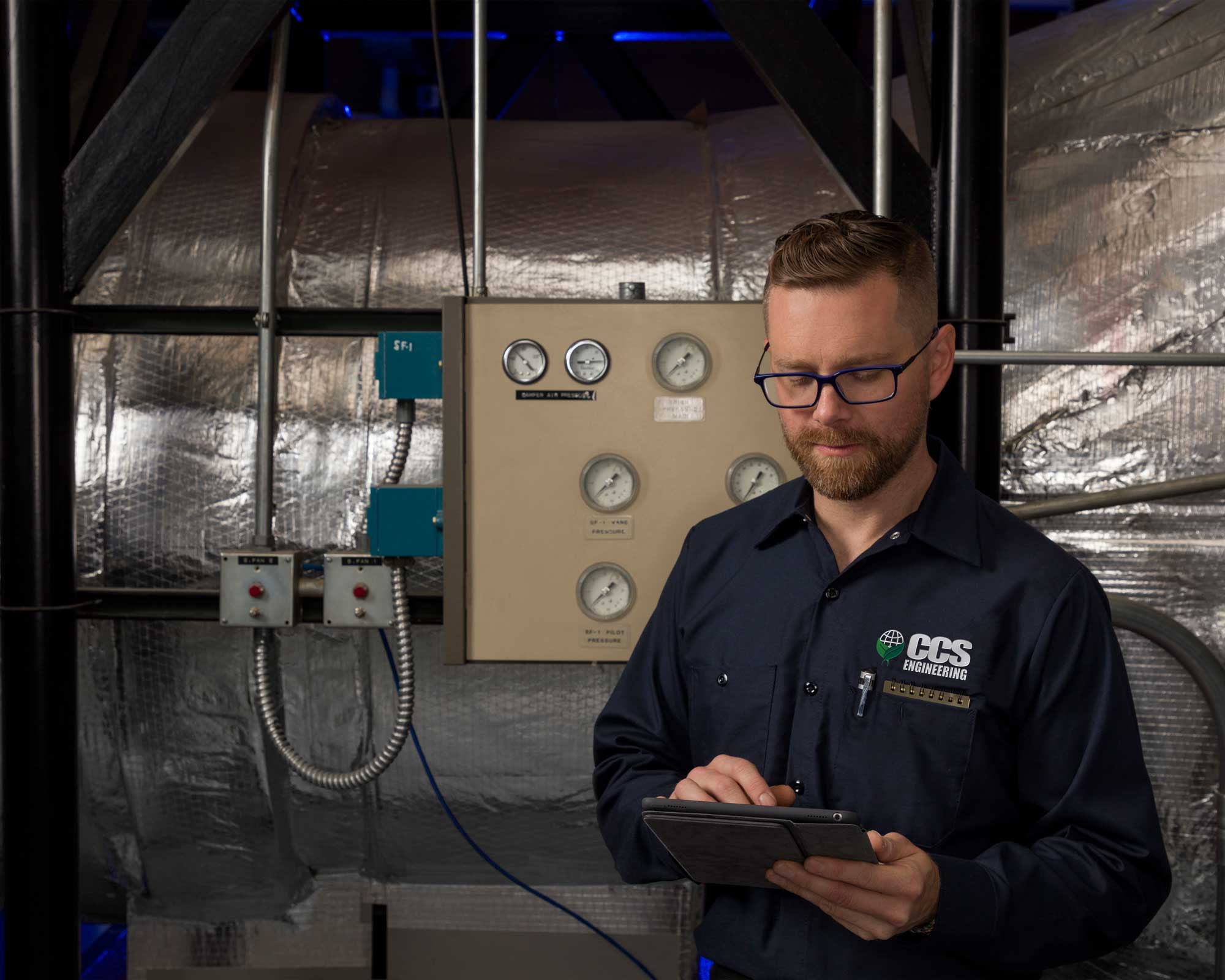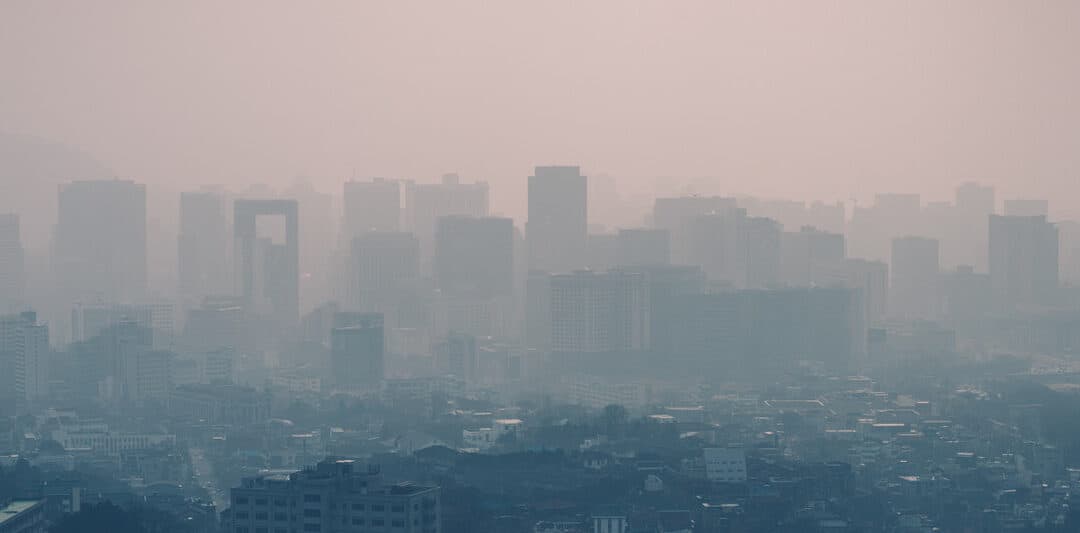Pollution and the impact on air quality is a big topic. While political, economic, and environmental discussions have dominated this issue, pollution rates continue to rise, particularly in cities and surrounding areas. Add to that wildfire season, rampant in many parts of the country for several months of the year, and poor air quality can a major detriment to quality of life.
When outdoor air quality is bad, indoor air quality (commonly known as IAQ) is bad, and in fact, IAQ can two-to-five times worse than outdoor air quality due to various contributing factors. As a result, facility managers and operations teams must be aware of and considerate of mitigation for indoor air quality concerns.
The impact of indoor air quality – especially poor indoor air quality — on a facility and the occupants within can be measured in several ways. Industry authorities such as the National Institute for Occupational Safety and Health have collected detailed guidance for building management to utilize in monitoring air quality, and the following information can guide building management on developing a response plan.
Identifying Sources of Air Contamination
There are several metrics to assess when determining the IAQ within a building. This includes carbon monoxide, humidity, and radon, among others. Measuring these elements of air quality composition requires a variety of technologies, though some conditions can be felt without sensory equipment, such as humidity. Identifying contributors to poor IAQ helps deduce what substances could be present within or near a facility that need to be addressed. For example, if a high carbon monoxide (CO) volume is detected within an office building, CO-producing items such as space heaters, water heaters, portable generators, and nearby running cars are likely culprits. Management can then instruct engineering teams to respond to malfunctions in machinery or install ventilation improvements. Some more common items that can impact IAQ include printers and fax machines, opened chemical cleaning products, and exposed food waste. Printers and fax machines, as staples of the office environment, may be harder to remove from a space, while the latter two items can be fixed by improving chemical storage and removing food waste promptly.
Air Quality Monitors
There is a spate of new indoor air quality monitoring devices on the market purchased by students, parents, staff, tenants, and more. While monitoring IAQ is important, not all monitors are created equally. Since the market has been flooded with different brands, there is very little data about the accuracy of any individual device. To that point, the EPA has stated that, despite some independent evaluations of a handful of monitors, there are no commonly agreed-upon criteria for their performance. Of note, air quality monitors are not intended to be warning devices when pollutant levels seem to rise as opposed to smoke detectors or carbon monoxide alarms that are already well-established as emergency alert devices. In addition, placement of the monitor is of critical importance. The EPA (United States Environmental Protection Agency) provides guidance on placement, noting: “It is ideal to place indoor sensors near the typical breathing zone height (3-6 ft). Sensors should be placed away from air pollution sources, like a toaster, and air pollution sinks, like air cleaners, to get a more representative measure of indoor air quality.” In short, while air quality monitors can play a valuable role, like any measurement tool, the right tool should be used within best practices as part of a greater IAQ monitoring and mitigation strategy.
Human Impact
Poor IAQ can have both short-term and long-lasting effects on those exposed to it. When a facility’s airflow hosts a large volume of volatile organic compounds (VOCs) with a lack of ventilation, a condition known as Sick Building Syndrome can occur. Also known as SBS, this condition can cause adverse health effects in building occupants until they exit the facility. Some people may develop lifelong asthma as a result of prolonged exposure to SBS. Read more in our blog post Identifying and Mitigating Sick Building Syndrome.

Studies also have shown a correlation between poor air quality and academic success and teacher retention in schools’ see our blog post The Impact of Clean Schools on Student Success and Teacher Retention to learn more.
How To Respond
Not all contributors to poor IAQ are easy to uncover. Preventative maintenance on items such as pipes and ceiling tiles will deter mold from forming in otherwise unmonitored spaces. HVAC equipment benefits from consistent filter changes and operational checks. This type of equipment is specifically made for capturing harmful particles and removing them from building airflow. Facility engineers play an integral role in air quality maintenance.
Communicate and Stay Ahead
Indoor air quality is a hot topic, especially right now. Staff, students, guests, and more are concerned for their health. Communicate with your building occupants what building management is doing to maintain IAQ in offices, classrooms, guest rooms, meeting areas, and shared spaces as well as delivering clean air quality building wide. As during the early days of the COVID-19 pandemic, facility managers and building operators can help ease occupants’ minds by providing both a consistent, exemplary clean and demonstrating dedication to protecting air quality through proactive, thoughtful strategies.
To learn more about partnering with CCS Facility Services, request a quote today.

